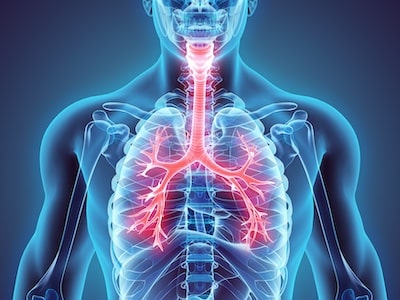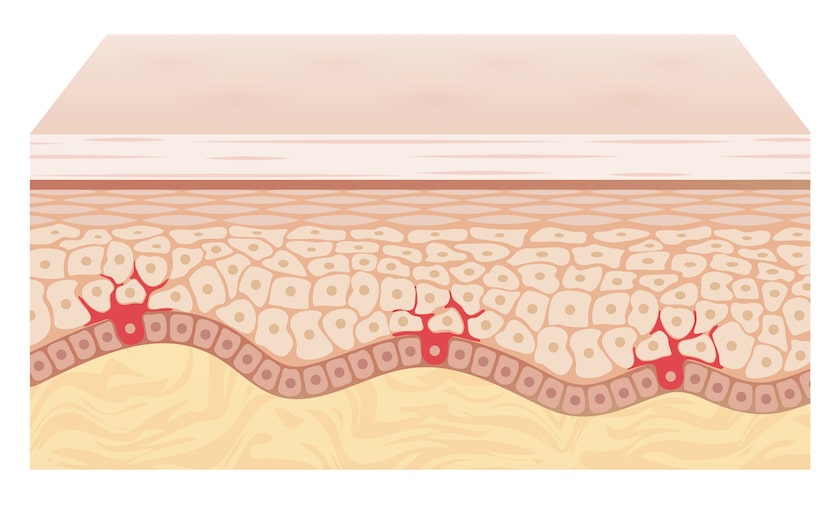Traditional medicine has used plants to support health for centuries. And over time, many of these plants—and their health benefits—have been adopted throughout the world. Think milk thistle.
Milk thistle, also known as Mary thistle or holy thistle, is a flowering plant native to Mediterranean countries. Traditionally, it has been used to support liver and gallbladder health. But what are its actual benefits and uses? Read on to learn more about milk thistle, its common uses, and what recent research has uncovered about this mysterious plant.
What is Milk Thistle?
Related to daisies and ragweed, milk thistle—or Silybum marianum—is a native to Europe. This district plant has purple flowers and prickly leaves with white veins running through them (hence the name milk thistle). Brought to the Americas by colonists, it can now be found throughout the United States, South America, Africa, Asia, and Australia.
The main ingredient of interest in milk thistle is silymarin—a chemical compound thought to have antioxidant properties. Silymarin often refers to the plant itself, though this is somewhat inaccurate, as it’s just one of many substances found in the plant. Most milk thistle products are made from silymarin extracted from milk thistle seeds.
Silymarin Supports Liver Health
Your liver is one of the hardest-working organs in your body. It’s responsible for detoxifying your blood, metabolizing key nutrients, storing essential vitamins and minerals, and so much more. Your heart may pump 80 beats a minute, but your liver performs over 500 different vital functions at once. The only organ with more functions is the brain.
Milk thistle has traditionally been used for its ability to support liver health, and modern science focuses on these benefits of silymarin’s benefits:
- Antioxidant—When your liver metabolizes toxic substances, free radicals can be produced which damage the liver. Potent antioxidants, like silymarin, “scavenge” for free radicals and neutralize them. This may protect the liver from damage from oxidative stress.
- Cellular regeneration—Silymarin is known to support the normal process of turnover and regeneration of cells in the liver. The liver’s ability to carry out this process is crucial to its function because of how much it interacts with toxins, free radicals, drugs, and other harmful substances.
- Detoxification—Processing and eliminating toxins from the body is one of the liver’s main responsibilities. Silymarin may support this process and make it more efficient for the liver.
- Protection from toxins—Silymarin may protect the liver from oxidative stress. It can also help protect the liver from drugs, environmental pollutants, and other harmful substances.
- Balanced immune response—Silymarin may support immunomodulation, the process of either reducing or enhancing the immune response to keep it in homeostasis (balance).
These benefits are often broadly referred to as milk thistle’s hepatoprotective effects—acting on the health of liver cells overall. When your liver synthesizes essential proteins, or clears hormones from your blood, it’s relies on healthy liver cells to accomplish it. It’s why silymarin is said to be such a broad supporter of liver health.
Other Benefits of Silymarin
Although the liver is one of the main focuses of research around milk thistle and silymarin, other health benefits have emerged as well. Some other significant applications for milk thistle include:
- Gallbladder: This small organ is responsible for storing and releasing bile into the stomach during digestion, specifically for the breakdown of fats. But the liver is responsible for bile production. Milk thistle supports the production and flow of bile, which may also support the gallbladder’s function.
- Heart health: Some studies have shown that milk thistle can support healthy cholesterol levels, which is an important part of maintaining heart health over time.
- Weight management: A 2016 study linked silymarin consumption to healthy weight management in mice. This phenomenon has not yet been observed in human studies, but it’s an exciting example of possible applications for milk thistle.
Adding Milk Thistle to Your Diet
Parts of the milk thistle plant are edible, including the roots, flowers, and young stalks. When the spines are removed, the leaves are also edible both raw and cooked. That being said, most people do not add silymarin to their diet by eating the milk thistle plant itself—instead, they rely on dietary supplements.
As a supplement, milk thistle is typically ingested as an extract. There is no standard recommended daily intake for milk thistle extract, but studies have shown that doses of up to 700 milligrams can be taken three times a day for up to six months.
Is Milk Thistle Safe to Consume?
Milk thistle is generally considered safe to take by mouth. Even in studies with extremely high doses showed very few side effects. Those reported typically fall under some form of stomach discomfort, like nausea or bloating.
While rare, some people are allergic to the Asteraceae/Compositae family of plants and may experience a reaction to milk thistle. Pregnant women are generally advised to avoid milk thistle, as there’s not enough data about its safety during pregnancy.
As with any dietary supplement, it’s important to ensure milk thistle will not negatively interact with any medications you are already taking. It’s a good idea to consult a doctor before adding a milk thistle supplement to your diet.
The Bottom Line
If you’re looking for a natural way to support and protect your liver, milk thistle may be a great addition to your supplement regimen. Studies tie it to several organ and body benefits, especially when used as part of a larger health and wellness approach.
Keep an eye on this one. Further research will likely uncover more applications for this diverse ancient traditional herb.
References
https://www.ncbi.nlm.nih.gov/books/NBK11896/
https://www.webmd.com/digestive-disorders/milk-thistle-benefits-and-side-effects
https://www.mayoclinic.org/drugs-supplements-milk-thistle/art-20362885
https://www.nccih.nih.gov/health/milk-thistle
https://www.healthline.com/nutrition/milk-thistle-benefits
https://www.medicalnewstoday.com/articles/320362
https://www.ediblewildfood.com/milk-thistle.aspx#
https://www.webmd.com/vitamins/ai/ingredientmono-138/milk-thistle



















 As your body’s largest organ, your skin is your first line of defense against toxins and external threats. And it’s also the first thing people see, so we take care of it to look our best. Luckily, your skin’s function and appearance are connected.
As your body’s largest organ, your skin is your first line of defense against toxins and external threats. And it’s also the first thing people see, so we take care of it to look our best. Luckily, your skin’s function and appearance are connected.




